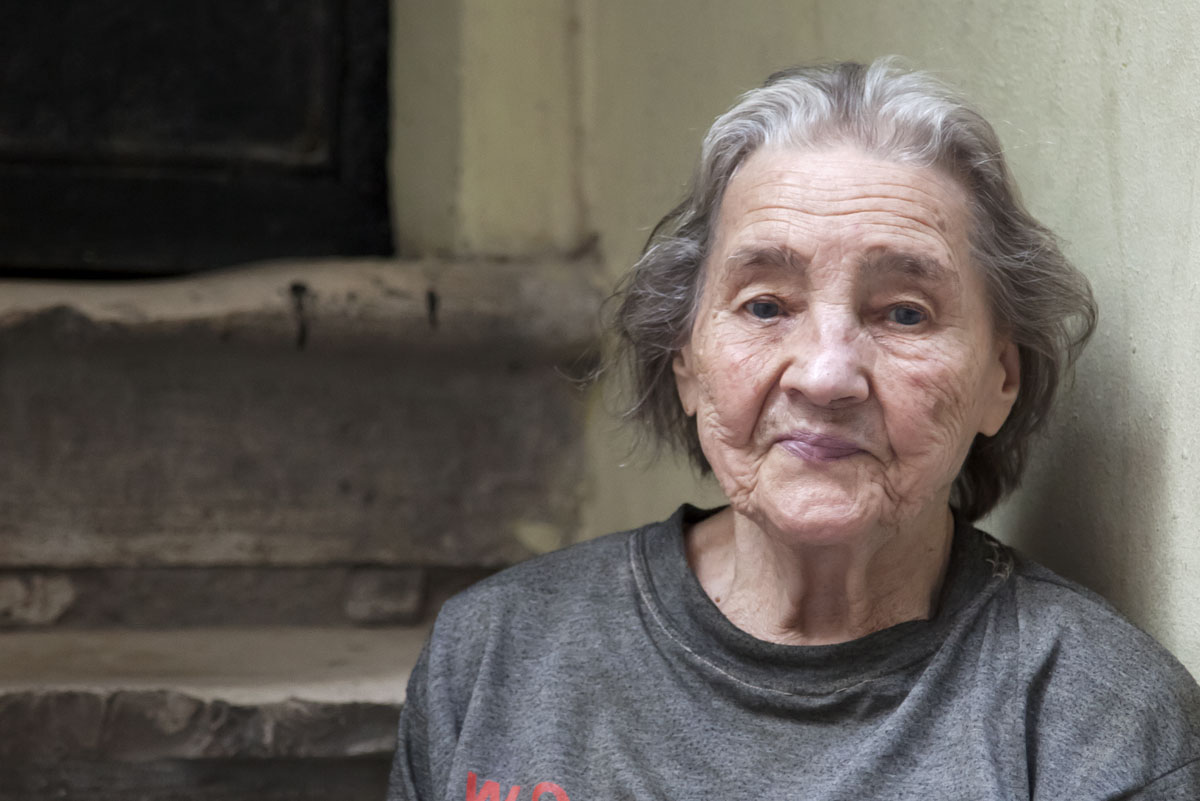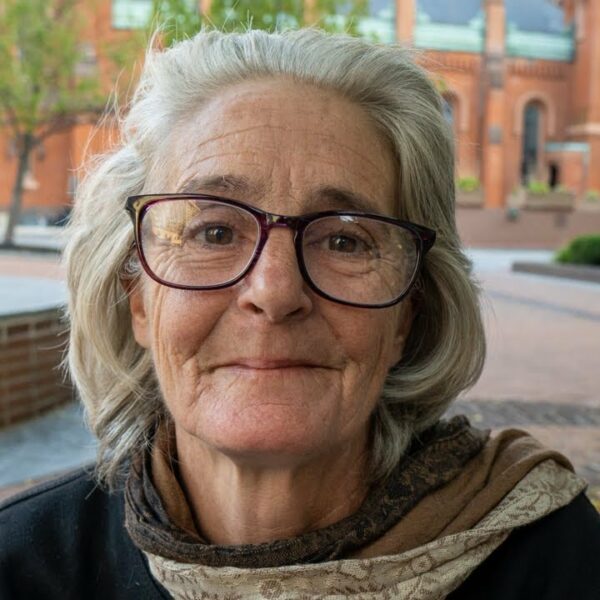Seniors in the U.S. are vulnerable right now, and it’s not just because of COVID-19. They’re also more likely than ever to fall into homelessness. The elderly, who pay into Social Security their whole lives with the promise of being taken care of in their golden years, are facing a homelessness crisis like no other. Rates of homelessness among seniors are expected to triple in the next 10 years.
This is a complex issue with historical roots. Continue reading to learn about how late baby boomers came to struggle so much with poverty, how current events are making things ever more hopeless, and ways you might be able to help.
First and Second Baby Boomers
Seniors, and their generation known as baby boomers, are considered a wealthy generation. However, this can only be said for half of them. It was actually the first half of boomers who rode the wave of economic prosperity in post-World-War-II America. There were abundant jobs and plenty of housing, and young adults had little difficulty establishing careers and buying houses.
The late baby boomers, born between 1955 and 1964, found that by the time they reached working age, there was little left for them. They struggled to find their place in the labor and housing markets. By the time they were old enough to build careers, these markets were already saturated with early boomers. As a result, these young boomers struggled. Poverty began early in life, and in many cases, followed them through the decades.
Instead of the office jobs their earlier cohorts had, late boomers worked physically demanding jobs with long hours. The pay was poor and there were few benefits, including retirement benefits like 401ks. Even the basics like health insurance were of poorer quality or nonexistent. These factors combined to create a dangerous combination of poor health and poverty.
The situation was even more dire for people of color. The black unemployment rate in 1983 was 20.7 percent, as opposed to white unemployment, which was 8.7 percent. The trend continues to this day. One in six black seniors have been homeless at least once in their lives. That is three times the lifetime incidence of homelessness for white seniors.
How are Late Boomers Faring Today?
As these seniors reach the age of retirement, they’re facing more problems than ever before. It’s made worse by the pandemic, which has grown into a deadly threat in more ways than one. We all know COVID-19 hits older adults especially hard. It’s because of conditions they’re more likely to have, such as heart failure, dementia, and diabetes. In fact, six out of 10 older adults have at least two chronic health conditions.
However, poverty in itself is also a risk factor for COVID-19. Many health problems associated with poverty–cardiovascular disease, obesity, and liver disease (common among people with long-term alcohol problems) – are also at increased risk for COVID-19 mortality.
For people who are both elderly and poor, the health risks are dire. It’s why people who struggle with long-term homelessness die so much younger than their housed counterparts. The added risk of COVID-19 creates a perfect storm.
Homeless shelters have closed or are at reduced capacity; decent-paying jobs are scarce; and social services are stretched thin, along with mental health care and substance abuse treatment. Younger boomers may be too old to work physically demanding jobs but too young to collect Social Security. Thus, they have few options and almost nowhere to turn for help.
To try to stay ahead of poverty and homelessness, seniors are staying in the workforce longer. Thirty percent of 65-74-year-olds are likely to still be working in 2026. Being around so many people, often without the option of social distancing, is yet another risk factor for COVID-19 complications for seniors. The health risks of doing physical work when not physically able to do so safely are enormous.
Older adults are in an impossible situation. It isn’t safe for them to be working, but they don’t have the savings or benefits to be able to retire. For people who’ve spent their lives in poverty, perhaps in and out of homelessness or just barely staying ahead of it, this could be their breaking point.
What Can We Do to Help?
Inequality with roots as deep as these can seem impossible to fix. While the issues are systemic and we cannot change the past, we can become more hopeful by changing our perspective. We may not be able to help all seniors facing homelessness, but if we can help even a few, we’ve done important work.
A key element in all work with homelessness is empathy. When we work at understanding the historical factors that went into creating this problem, we become more empathetic. We’re less likely to judge or look down on those less fortunate. We can stop blaming the homeless person and instead look at their environment with an eye for correcting problems.
Despite the pandemic, there are still social service programs aiding seniors facing homelessness. Learn about them and how they have adapted to the pandemic. Many programs have found it difficult to maintain all in-person components. Knowing these key components will help you better refer people to them.
Spread the word in your community about the benefits that have become available during the pandemic, as well as ones that existed before. The CARES act did provide additional funding to programs specifically benefiting seniors. Make sure you and/or others at risk are taking full advantage. Learn about local agencies in your area that cater specifically to the aging population, and help raise awareness for the work they’re doing.
In addition to becoming more knowledgeable about homeless resources, learn about proposed policies which would benefit seniors in poverty. Contact your legislators and rally your community together to pressure them into passing additional help. Never forget your elected officials are there for a reason—to make sure the people they represent are safe and healthy.
These are dire times to be a senior in poverty, and if nothing changes, things are going to get worse quickly. We don’t have to see that tripled rate of homelessness by 2030 become a reality. Do your part, advocate and educate, and your community may fare better in the upcoming years.













